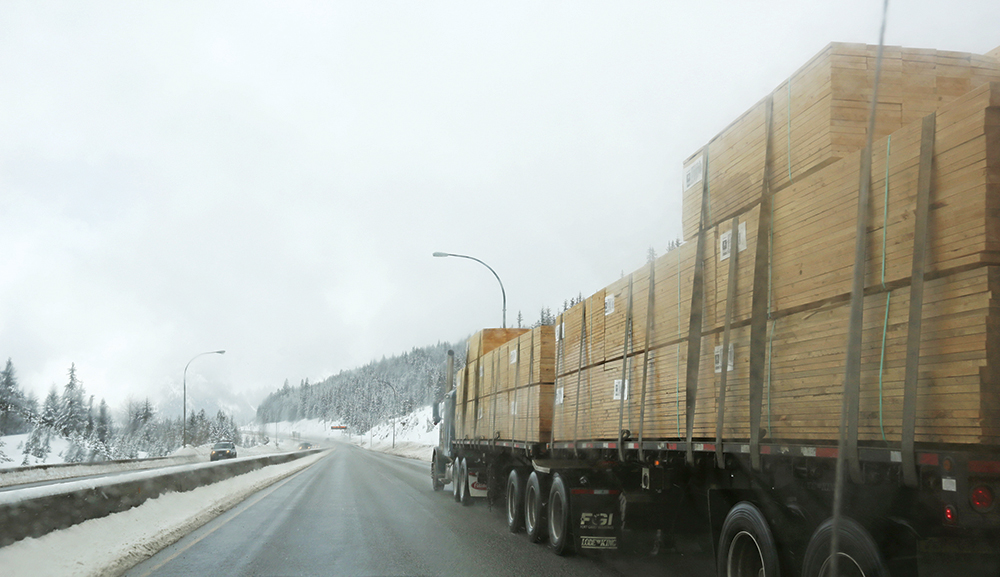B.C.’s Shifting into Winter campaign focuses on safety
The trucking sector accounts for more claims than any other industry for work-related crashes in British Columbia during winter.
More than 39% of all work-related crashes in the province resulting in injury and time off the job occur from November to February, according to WorkSafeBC statistics. Crashes are also the leading cause of traumatic work-related deaths in B.C.
The Shift into Winter campaign, supported by the Winter Driving Safety Alliance, reminds trucking employers they are legally responsible for the safety of their employees when they drive for work. This applies to full-time, part-time, and occasional drivers – including employees such as office staff who may make work-related trips.

“Winter is Mother Nature’s ultimate road test,” said Trace Acres, spokesman for the annual campaign managed by Road Safety at Work. “Conditions such as freezing temperatures, rain, snow, black ice, and reduced daylight hours can present serious challenges for truck drivers, regardless of how much experience they have.”
Acres added, “Most crashes are preventable. The best way for trucking employers to help keep people safe and meet their responsibilities is to be prepared and plan ahead.”
Driver training
A 2021 survey done for Road Safety at Work showed that only 19% of B.C. employers provide winter driver training to employees who drive for work. Only 38% of employers had a policy for driving in winter or inclement weather. Just under half of employers – 47% – ensure workers evaluate road, weather, and traffic conditions to determine if conditions are safe before they begin driving.
Shift into Winter recommends trucking employers have a winter driving policy and provide winter driver training to employees. “Those are the foundations of a winter road safety plan,” Acres said.
Shift into Winter recommends employers and supervisors also prepare drivers by educating and training them on their legal rights and responsibilities and the organization’s winter driving safety procedures. Ensure they are aware of the hazards they may be exposed to while driving and have the equipment and supervision needed to keep themselves safe.
Installing chains
Have a policy to determine when driving is necessary and when it can be postponed, how to drive to the conditions, and what to do in the event of an emergency. Make sure drivers know when and how to safely and properly install chains or other approved traction devices.
Make sure you know B.C.’s chain and tire requirements for commercial vehicles and that drivers know when and how to safely and properly install chains or other approved traction devices. Visit ShiftIntoWinter.ca for more information and tools for employers and supervisors.
Have your say
This is a moderated forum. Comments will no longer be published unless they are accompanied by a first and last name and a verifiable email address. (Today's Trucking will not publish or share the email address.) Profane language and content deemed to be libelous, racist, or threatening in nature will not be published under any circumstances.